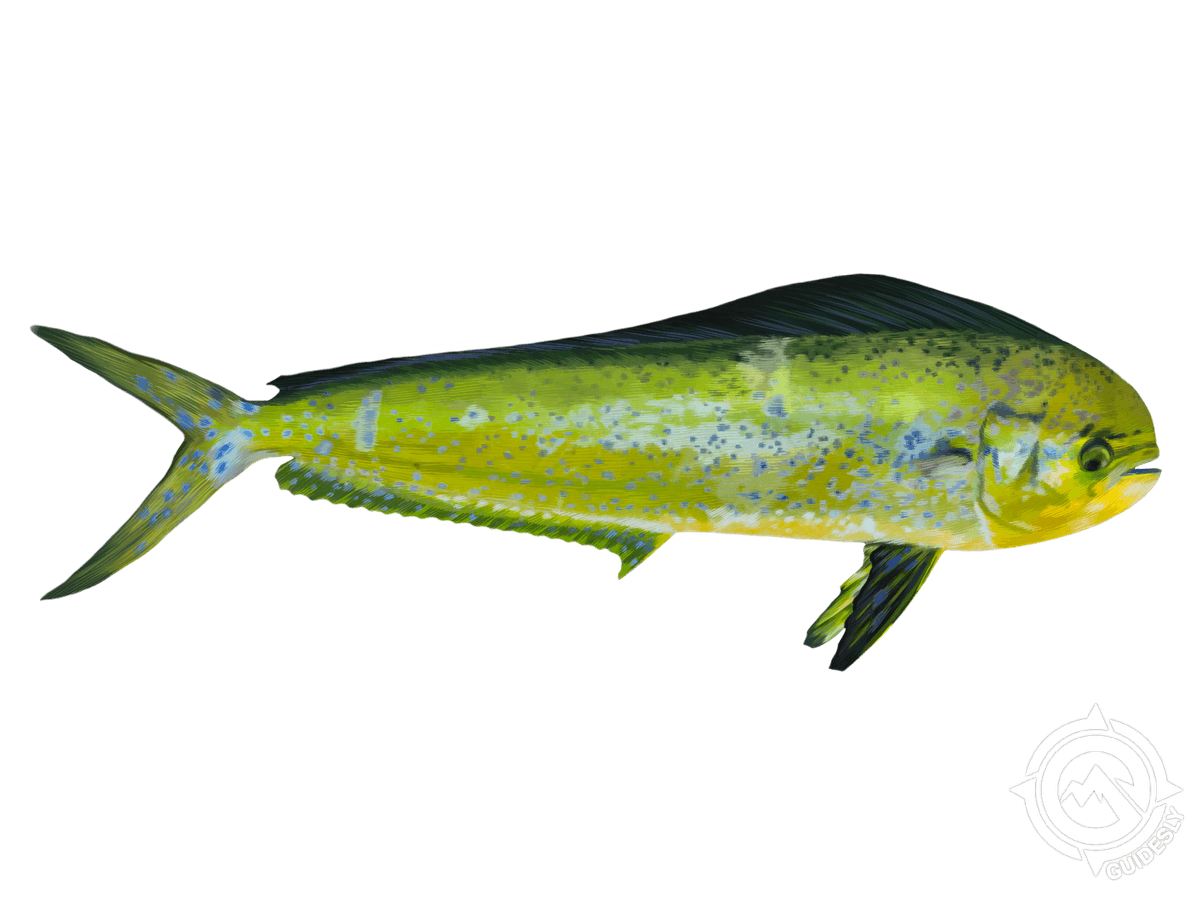Expert-Guided Inshore Fishing | Islamorada
- Published Date: July 17, 2025
- Fishing
- Islamorada
- $750 - $1,900 price range
- Updated Date: August 24, 2025
Summary
%2F%2Fusers%2Fa1373d10-a82a-4e9f-909a-f0f6c836f45a%2Fratecard%2F1732295453442x304095760400126400.png&w=1200&q=75)
Reels and Rods


Half-Day Fishing Bonanza in Islamorada
Get ready to hit the waters of Islamorada for some serious fishing action! We're talking about a half-day trip that'll have you reeling in some of the most sought-after game fish in the Florida Keys. Whether you're a seasoned pro or just getting your feet wet, our crew at On The Reel Charters knows how to put you on the fish. We're not just fishing - we're creating memories that'll have you bragging to your buddies back home.
What's the Deal?
Picture this: You're cruising out of Islamorada, the sport fishing capital of the world, with the sun on your face and the salt in the air. Our experienced captain and crew are all about getting you to where the fish are biting. We've got room for up to six of your closest friends or family, so bring the gang along. We'll be targeting a mix of inshore and nearshore species, giving you a taste of what makes fishing in the Keys so legendary. No food on this trip, folks, so grab a bite before you board or pack some snacks to keep your energy up while you're hauling in the big ones.
How We Roll on the Water
We're not messing around when it comes to putting you on fish. We'll be using a mix of techniques depending on what's biting and where. Expect to do some trolling for the pelagics like Mahi and Wahoo, and we might drop some lines for bottom fishing if the Amberjack or Cobia are hanging around structure. Our gear is top-notch, and we'll show you how to use it like a pro. Don't worry if you're new to this - we'll have you casting like a champ in no time. And for you experienced anglers, we've got some local tricks up our sleeves that might just teach you a thing or two.
Fish Tales You'll Be Telling
Every trip is different, but one thing's for sure - you're in for some excitement. Maybe you'll be the one to hook into a acrobatic Mahi Mahi, putting on a aerial show as it tries to shake the hook. Or perhaps you'll feel the raw power of an Amberjack as it tries to drag you back to the reef. These are the moments that keep our regulars coming back trip after trip. By the end of the day, you'll have your own fish story to tell, whether it's about the one that got away or the trophy you're taking home for dinner.
The Usual Suspects
Let's talk about what might end up on the end of your line. Skipjack Tuna are like the energizer bunnies of the sea - they just don't quit. These speedsters will give you a run for your money on light tackle, and they're a blast to catch. They school up year-round in our waters, but spring and fall are prime time for these little powerhouses.
Mahi Mahi, also known as Dorado or Dolphinfish (not to be confused with Flipper), are the beauty queens of the ocean. With their vibrant colors and acrobatic fights, hooking one of these is like winning the fishing lottery. They're most common in the warmer months, from late spring through early fall. And let me tell you, there's nothing quite like the sight of a bull Mahi lit up in electric blue and green, jumping clear out of the water.
Greater Amberjack are the heavyweights of the reef. These bruisers hang around wrecks and deep structures, and when you hook one, it's like trying to stop a freight train. They're here year-round, but the bite really heats up in the winter and early spring. Be ready for a workout - these guys don't come to the boat easy.
Wahoo are the speed demons of the deep. They're like the sports cars of the fish world - sleek, fast, and hard-hitting. We typically target these bad boys by trolling, and when one hits, hold on tight! Their runs are legendary, and they'll make your reel scream. Winter and early spring are your best bets for tangling with a Wahoo.
Last but not least, we've got Cobia. These curious fish often swim right up to the boat, but don't let their laid-back attitude fool you. Once hooked, they fight dirty, making powerful runs and even jumping occasionally. They're around all year, but spring is when they really show up in numbers. Cobia are great eating, too, so if you're looking for a fish dinner, these are a top pick.
Time to Get Your Lines Wet
Look, I could go on all day about the fish you might catch, but there's only one way to really experience it - get out on the water with us. This half-day trip is perfect for squeezing in some quality fishing time without eating up your whole day. Whether you're on vacation and want to add some adventure, or you're a local looking to bend a rod, we've got you covered. Our trips fill up fast, especially during peak seasons, so don't wait. Give us a call, book your spot, and get ready for some real Florida Keys fishing action. Trust me, once you feel that first hit on your line, you'll be hooked for life. See you on the water!
Learn more about the species
Cobia
Cobia are one of the coolest fish we target here in Islamorada. These curious bruisers average 30-50 pounds but can top 100. We find them around structures like reefs, buoys, and even following big rays or sharks. Spring is prime time as they migrate through, but we catch them year-round. Cobia are famous for their hard fighting and acrobatic jumps. They're also excellent eating - firm, white meat that's great on the grill. To catch cobia, we'll sight fish with bucktail jigs or live eels. Here's a local trick: when you spot one, cast well ahead of it. Cobia are easily spooked, but they're also curious. Let that jig sink, then slowly retrieve it. They often can't resist investigating.

Greater Amberjack
Greater amberjack are bruisers that'll test your strength. These powerful fish average 30-50 pounds but can top 100. We find them around deep reefs and wrecks, typically in 60-250 feet of water. Spring and fall are prime seasons as they move inshore to spawn. Anglers love AJs for their bulldog fighting style - they use their broad sides to dive for the bottom. It's a real forearm-burning battle. The meat is good eating too, though watch out for parasites in bigger fish. To hook up, we'll drop live bait or heavy jigs. Here's a local secret: when you feel the bite, reel like crazy and lift your rod tip. If you hesitate, they'll race back to the structure and break you off.

Mahi Mahi or Common Dolphinfish
Mahi mahi are one of the most exciting fish to catch around Islamorada. These colorful speedsters average 15-30 pounds but can top 50. Look for them near floating debris and weed lines, especially from spring through fall. Mahi are famous for their acrobatic jumps and blistering runs. They're also great eating - firm, white meat with a mild flavor. To target mahi, we'll troll ballyhoo or lures, or drift live bait if we spot a school. The bite can be fast and furious when you find them. Here's a pro tip: always leave a hooked fish in the water to keep the school around. Mahi are curious and will often stay with their buddy, giving you shots at more hookups.

Skipjack Tuna
Skipjack tuna are a smaller, speedy tuna species you'll find in our warm Islamorada waters. They typically run 2-3 feet long and around 20 pounds, though the big ones can hit 4 feet and 75 pounds. These guys are surface feeders, so we often spot them churning up bait schools. They're here year-round but really fire up in summer. Skipjack put up an awesome fight on light tackle - they'll make your reel scream. The meat's good eating too, similar to other tunas. To land one, try trolling small lures or live bait near floating debris or weed lines. A local trick is to chum them up, then cast a popper into the frenzy. Hold on tight when they hit!

Wahoo Fish
Wahoo are the sprinters of the sea, capable of blistering 60 mph runs that'll smoke your reel. These sleek predators average 30-50 pounds but can top 100. We find them in the open water, often near drop-offs or floating debris. Fall is prime wahoo season here, but we catch them year-round. Anglers love wahoo for their lightning-fast strikes and powerful fights. They're also fantastic eating - firm, white meat with a mild flavor. To target wahoo, we'll troll fast with wire leaders and lures that can handle high speeds. Here's a local tip: when a wahoo hits, don't set the hook. Just hold on and let the speed of the boat drive it home. These toothy critters are pros at throwing hooks otherwise.

About the Center Console Boats
%2F%2Fusers%2Fa1373d10-a82a-4e9f-909a-f0f6c836f45a%2Fvehicle_picture%2Fimage-2024-11-23t002155.367.png&w=1200&q=75)
Vehicle Guest Capacity: 6
Manufacturer Name: Mercury
Maximum Cruising Speed: 44
Number of Engines: 2
Horsepower per Engine: 400
%2Ffit-in%2F250x250%2Fguide_websites%2F19825%2Fimages%2F1732363665061image-2024-11-23t200736.376.png&w=1200&q=100)
%2Fusers%2Fa1373d10-a82a-4e9f-909a-f0f6c836f45a%2Fimages%2Fislamorada-fishing-expedition-catch-2417.png&w=768&q=75)
%2Fusers%2Fa1373d10-a82a-4e9f-909a-f0f6c836f45a%2Fimages%2Fcoastal-getaway-fl-2375.png&w=768&q=75)
%2Fusers%2Fa1373d10-a82a-4e9f-909a-f0f6c836f45a%2Fimages%2Fwahoo-fish-islamorada-florida-2495.png&w=768&q=75)
%2Fusers%2Fa1373d10-a82a-4e9f-909a-f0f6c836f45a%2Fimages%2Fislamorada-fishing-trip-2580.png&w=768&q=75)
%2Fusers%2Fa1373d10-a82a-4e9f-909a-f0f6c836f45a%2Fimages%2Fflorida-fishing-trip-bounty-2396.png&w=768&q=75)
%2Fusers%2Fa1373d10-a82a-4e9f-909a-f0f6c836f45a%2Fimages%2Fislamorada-fishing-adventure-2701.png&w=768&q=75)
%2Fusers%2Fa1373d10-a82a-4e9f-909a-f0f6c836f45a%2Fimages%2Fislamorada-fishing-trip-six-fish-2643.png&w=768&q=75)
%2Fusers%2Fa1373d10-a82a-4e9f-909a-f0f6c836f45a%2Fimages%2Fanglers-land-impressive-catch-islamorada-2739.png&w=768&q=75)
%2Fusers%2Fa1373d10-a82a-4e9f-909a-f0f6c836f45a%2Fimages%2Fcatch-of-the-day-islamorada-2482.png&w=768&q=75)
%2Fusers%2Fa1373d10-a82a-4e9f-909a-f0f6c836f45a%2Fimages%2Fbig-fish-islamorada-cruises-fishing-2587.png&w=768&q=75)
